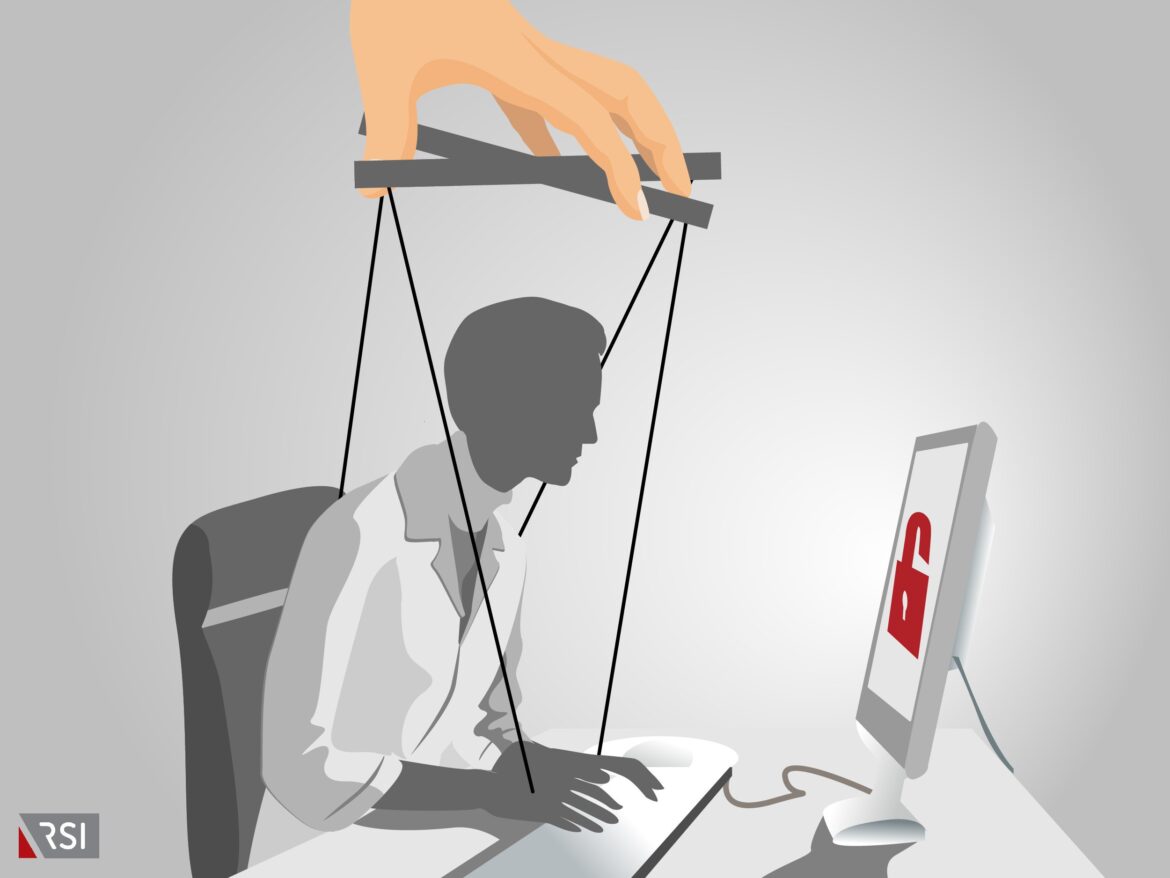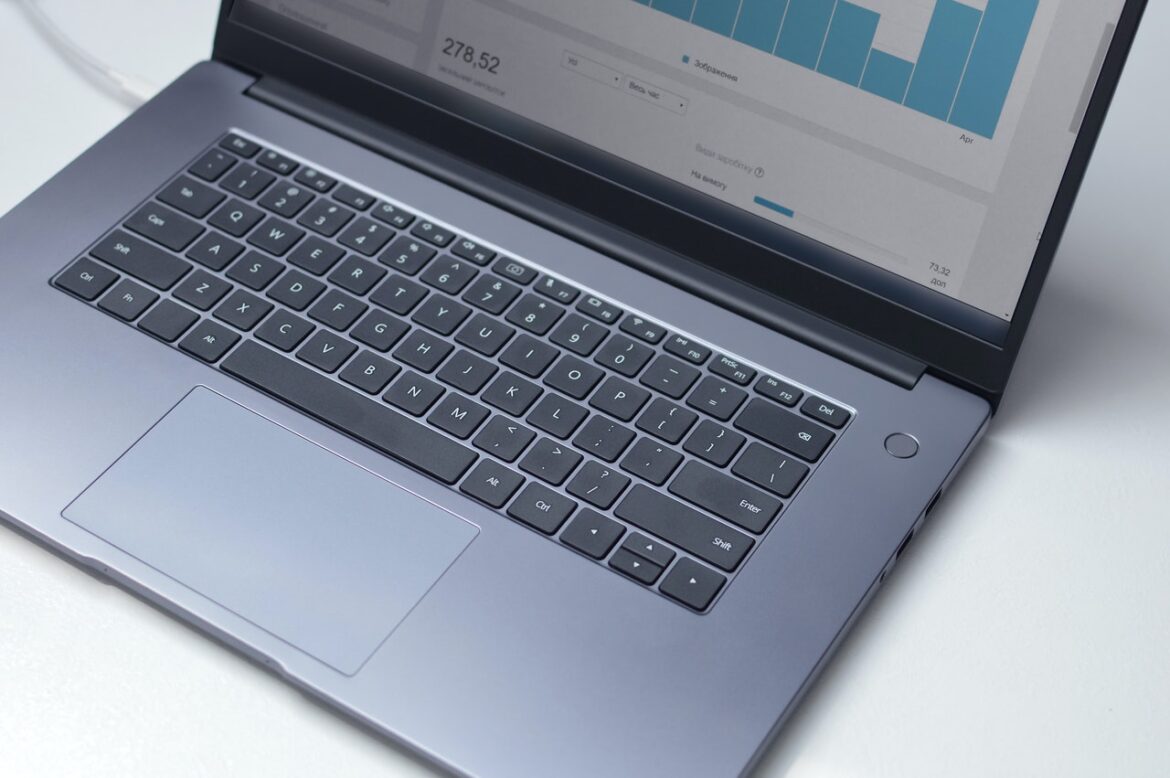As one of the leading commercial spyware programs, Pegasus has been used by a host of companies, governments, and other entities to collect sensitive data from individuals’ smartphones. If Pegasus is deployed on your smartphone, your sensitive data could be at risk.
Cyber Attacks
What compels your click?
By now most of us recognize obvious spam emails that invite you to view celebrity gossip news or lure you in via offers of free travel or apps. We know that these sites are just a path to disappointment and headache, with quick clicks that lead your PC down an internet dark alley toward viruses or ransomware.
Cybercrime today represents a threat with a scale and persistence that hasnt been encountered before. Despite the widespread threat of cybercrime, many people and businesses remain ignorant of the true risks they face and what they can do to combat them. Gaining a greater understanding of the types of cyber crimes can help one understand the importance of cyber security for their business.
The WannaCry attacks reached a record high in this past week and the root cause of the chink in the Cybersecurity amour can be traced primarily back to lack of active Patch Management. Active Patch Managementreduces attack surface & improves security posture. Reinforce this essential link in your holistic Cybersecurity chain.
What is Spooling in Cyber Security? Full Guide to Spooling Attacks
If your organization relies on devices, programs, or systems that temporarily store information during processing, you might be at risk of spooling attacks. So, what is spooling in cyber security? When spooling occurs, a perpetrator can gain access to sensitive information within your organization’s networks. Read our blog to learn more about spooling.
You may have heard of recent zero-day attacks that compromised email accounts and posed risks to sensitive data. But what is a zero-day attack? Put simply, it’s an attack that leverages flaws in your IT infrastructure and can compromise your sensitive data. Read on to learn more.
Distributed denial-of-service (DDoS) attacks are becoming rampant as more companies provide more of their services online. As you hear of reports about surges in DDoS attacks, you may be wondering how to stop a DDoS attack from affecting your site. Read on to learn more.
Data is one of the most valuable commodities that an organization can own in today’s business environment. Because of this value, it has become a primary target by malicious actors. These hackers have multiple methods for attacking a business, and one of the most commonly seen is phishing attacks. Luckily, with the proper steps, you can learn how to prevent phishing attacks.
As internet usage has become an essential part of daily life for most people, transmitting sensitive personal data online is an everyday thing. Your organization may have robust security measures in place to protect data once it has been collected, but what about the safety of that data on the client-side? Formjacking attacks are one way attackers can target data before it’s under the protection of your organization’s security measures. Read on to learn more.
Security teams are dealing with new digital threats on an almost daily basis. From malware and ransomware to highly sophisticated, AI-driven attacks, IT teams always have their hands full. But one specific type of attack, known as a denial of service attack or DoS attack, is a mainstay in many hackers’ repertoires. After a minor lull in 2018, Denial of Service patterns were identified within over 40% of 2019’s and 2020’s cybersecurity incidents, according to Verizon’s 2021 Data Breach Incident Report.









